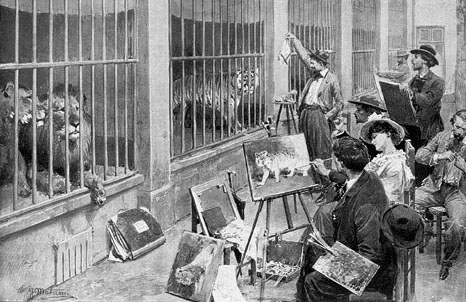
It seems that every time you turn around at the Pittsburgh Zoo, you find someone else who has thrown her heart and soul into a conservation project. It might be an aquarist, it might be a student, or it might be June Bernard, a long-time Docent and Educator at the Zoo.
 |
| June Bernard applying a tag to a butterfly |
June’s particular love is for pollinators – specifically, butterflies and moths, and even more specifically, the Monarch Butterfly. You can’t help but smile when early fall rolls around and the caterpillars show up on the reception desk in various stages of development. It never fails to fascinate me that a caterpillar can wrap itself up and emerge into that incredibly beautiful butterfly.
The caterpillars aren’t just there for my entertainment, though. June is a 12 year (and counting!) participant in Monarch Watch, a program run by the University of Kansas that helps over 10,000 people all over the country tag and track these magnificent butterflies in their annual two-way migrations to Mexico. The monarchs are a symbol of late summer for many people, but not everyone realizes that they, like so many other species, are having trouble maintaining their numbers. Concerns in their Mexican wintering grounds include habitat loss due to logging as well as pesticide use, but that’s not to say they are in perfect shape in the more northerly climes. Here, the caterpillars feed exclusively on milkweed, an important native plant that doesn’t always have the best reputation. As the name implies, many people will get rid of it in their yards and on street corners, mistakenly thinking that it has no use.
 |
| Close-up of sticker tag |
June, however, not only grows large stands of milkweed in her yard, but also collects and raises the eggs until the metamorphosis is complete and the butterfly can be tagged and released. Out of the hundreds of butterflies she’s tagged over the years, only one has been recovered (it was found in El Rosario, Mexico, and June was notified by a letter in the mail), but even knowing that one butterfly has successfully migrated makes it all worth it. In the meantime, June continues to teach pollinator workshops and educate others about the importance of using native plants, especially milkweed, in their gardens. Hopefully, through her efforts and those of hundreds of others, we’ll be seeing these giant flying beauties for years to come!
All photos and video copyright Paul Selvaggio.
For more information on Monarch Watch, visit http://www.monarchwatch.org/.







